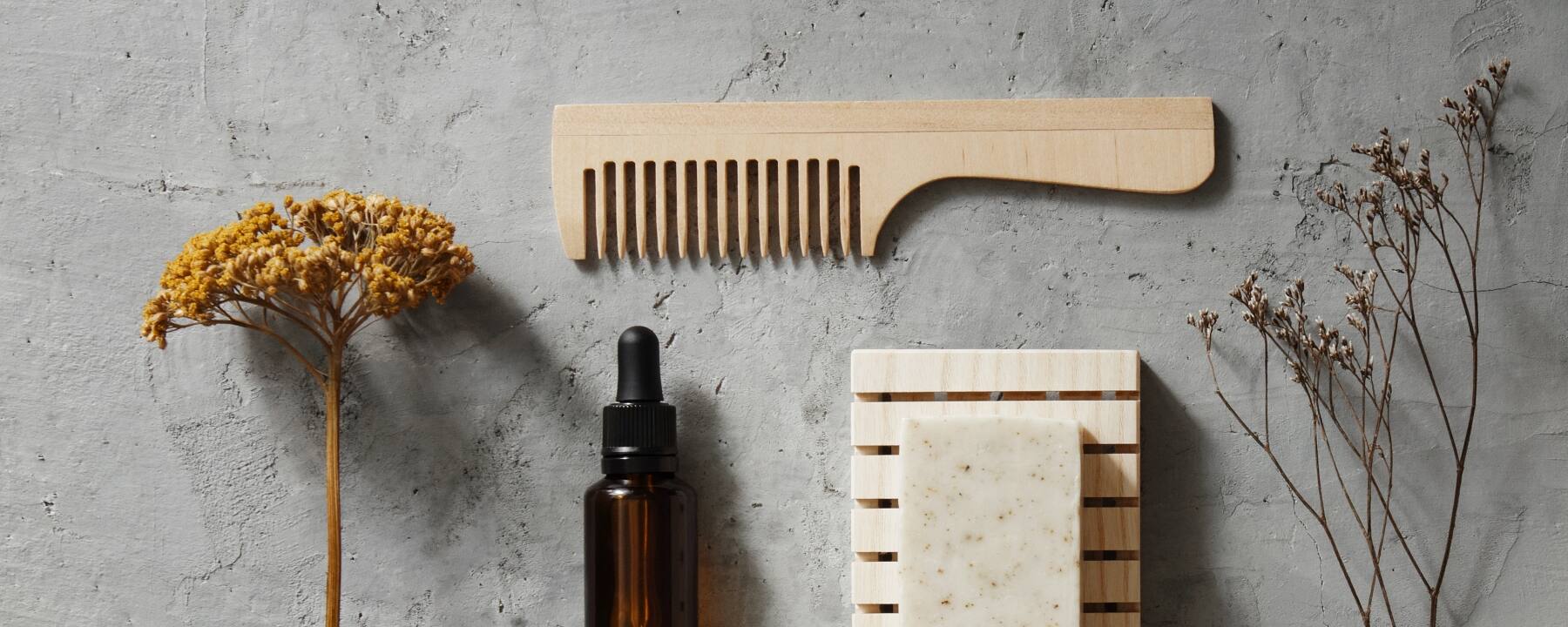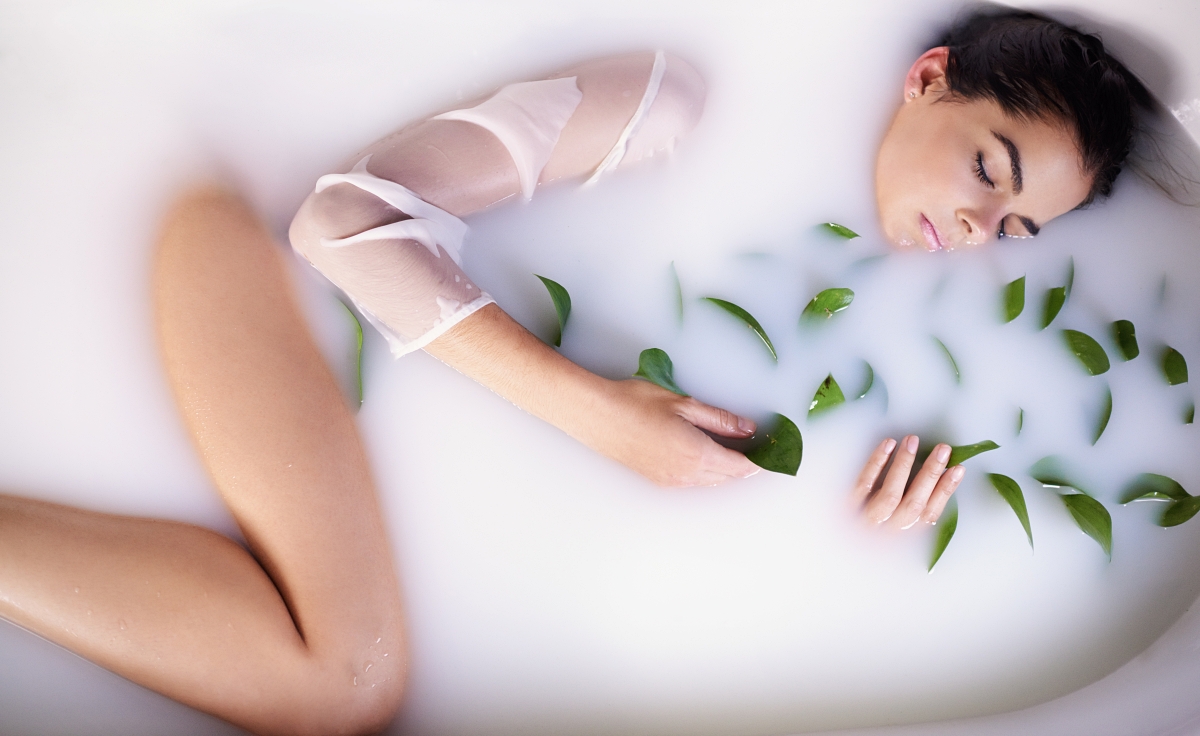
Hair Care & Co.
Hair care in the pre-shampoo era
Hair care these days is pretty simple. Go shopping, pick up the right product from the endless range of products and formulae on offer, take it home and apply it. But in times gone by, people had to be far more creative when it came to hair care. Sometimes it even became bizarre and risky.
When you browse the history books, it quickly becomes clear that hair has always played a major and key role for people. With the exception of drawings and illustrations from the Stone Age, perhaps. After all, did you ever come across a Neanderthal with freshly styled, beautifully groomed hair? But there may have been good reasons for their "crazy hair". People with perfect hair are often – indeed very often – depicted in paintings, drawings and portraits across all other eras. Sometimes in a wig, sometimes with their own hair.
Hair was meaningful. In some eras it reflected status, religion and health. Even the appearance of a bald patch preoccupied people well before our times. So it is not surprising that in addition to simply washing hair, aspects like coloring and lightening hair, hair removal, combating hair loss, cutting and styling hair have all formed part of hair care since time immemorial. It's really nothing new. Just like us, you might say.
What our ancestors also quickly realized: water alone is not enough. In order to make hair shine, it was necessary to find additives and ingredients that could be used to care for, clean and style hair. It’s important to remember that today’s hair is exposed to many more stresses, different stressors and very different environmental impacts than it was in the past. Even back then, water alone wasn't enough to help the hair.
Look back
A long history of cosmetics
You might think that cosmetics were only invented in the last 100 years. Actually, they have been around almost just about as long as human beings have existed.
More informationThe famous donkey milk baths
Her perfect beauty image and her dedication to personal care and cosmetics has survived for thousands of years: Cleopatra, the last queen of ancient Egypt.
More informationWe don't want to dive too deeply into individual epochs or list their recipes. When you start listing ingredients you will find that in addition to the numerous well-known ingredients which are still found in cosmetic products today, some unexpected and very dangerous substances have also been used. We do not recommend reviving these.
For the most part, it reads like a grocery list. Other items sound quite bizarre when linked to cosmetics. What's more, it certainly could not have been easy to procure some of these things.
But take a look for yourself. A quick overview, in no particular order, of ingredients that have been used for hair care:
Soapwort, egg whites, apple vinegar, flavored vinegars, chamomile tea, oak apples, acorns, oak bark, wine, iron, quicklime, oils – e.g. almond oil + castor oil, vine root ashes, baking soda, tanning acids, alum, eggs, mercury, herbs, lizard fat, olives, lemons, beeswax, burnt lime, orpiment, curd soap, rosemary water, nettles, mint, incense, linseed, saffron, caraway, arsenic, henna, goat’s milk, elm bark, willow root, reed roots, stinging nettles, mint, thyme, onion peel, cognac, egg yolks, beer
Schwarzkopf provides THE innovation
Some of these "hair care products" were cooked following a recipe in kitchens or over fires and stirred together. At some point, bars of soap became the hot favorite for hair washing. Utensils we still know today, such as razors, tweezers, scissors, pumice stones, combs and brushes, were also first used well before our time.
Then in 1903 came a true innovation: for a few pennies per bag, it became possible to buy a hair shampoo in powder form. You simply dissolved this new powder in water and applied it to your hair. The first "all-in-one washing solution" for hair had arrived. The man who invented it? Hans Schwarzkopf. You will doubtless recognize the logo of his products: a black head ("Schwarzkopf" means "black head" in English).
Since then, hair care products have continuously developed and advanced. Now let's take another look at the list: Some ingredients are making a comeback (of a fashion) in today’s world. We can still learn from the past.
"I’m a slave to my hair."
As with skin and facial care, there are also role models and icons when it comes to hair care. Cleopatra and Nefertiti have already earned a mention on our pages here. When it comes to hair, there is another impressive female figure we need to include: Empress Elisabeth of Austria (1837–1898). She was the wife of Emperor Franz Joseph and better known as Sisi, Empress of Austria.
According to the stories handed down about her, she was close to being addicted to beauty, and it dominated much of her life. Her hair was particularly important to her, with some of her mane falling all the way to her heels. It played such an important role in her life that she even said: "I’m a slave to my hair." Considering that she is said to have spent up to 3 hours a day caring for her hair together with her personal court hairdresser Fanny Feifalik, we can imagine just how important her hair was to her.
Sisi also tried out many different ingredients and additives to get as close as possible to her ideal of beauty. To avoid split ends, she used a mixture of stinging nettles, lemon water and apple vinegar. Sisi had a special recipe for an intensive hair wash. Every 14 days, a mix of cognac and egg yolk was applied to make her hair shine. Take a look at pictures of the young Sisi, marvel at her luxuriant hair, and then consider just how long Sisi had to wait until her hair finally dried after washing. The empress was not looking for the easy life in this respect.
Today, things are pretty simple by comparison. Whether skin care or hair care: the products we need are easily available. Unlike our ancestors, we don't need to be afraid of poisoning or chemical burns. And whether seeking the ideal or being addicted to beauty: no one ever needs to spend as much time in the bathroom as Sisi did to do something good for their body.


